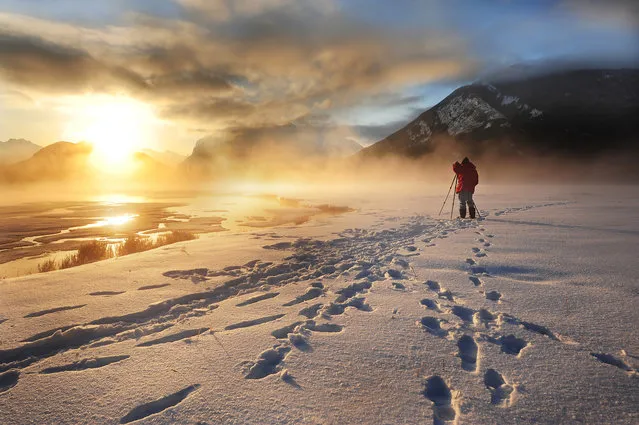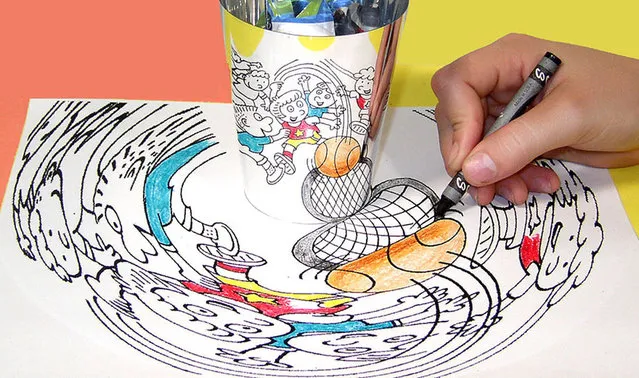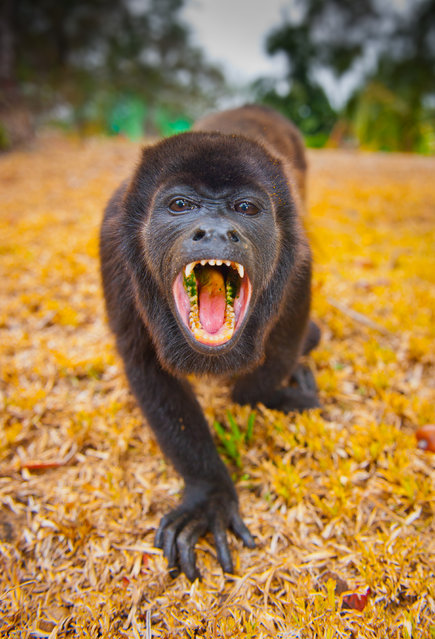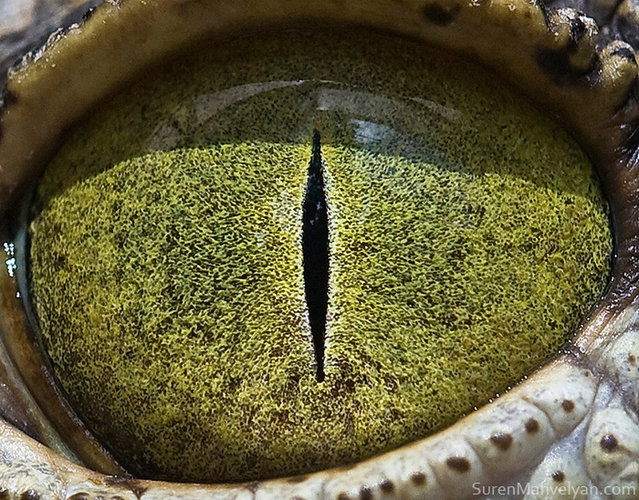
Police officers detain a Navalny supporter during a protest in St. Petersburg, Russia, Tuesday, February 2, 2021. A Moscow court has ordered Russian opposition leader Alexei Navalny to prison for more than 2 1/2 years on charges that he violated the terms of his probation while he was recuperating in Germany from nerve-agent poisoning. Navalny, who is the most prominent critic of President Vladimir Putin, had earlier denounced the proceedings as a vain attempt by the Kremlin to scare millions of Russians into submission. (Photo by Dmitri Lovetsky/AP Photo)
05 Feb 2021 09:38:00,post received
0 comments







